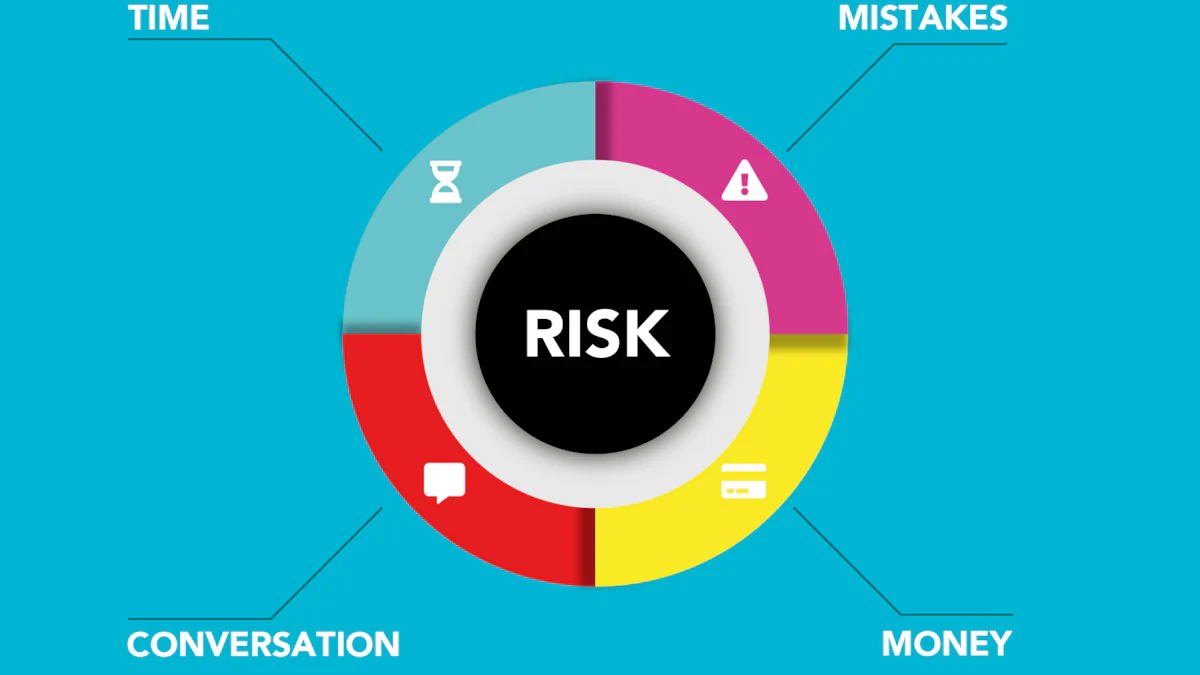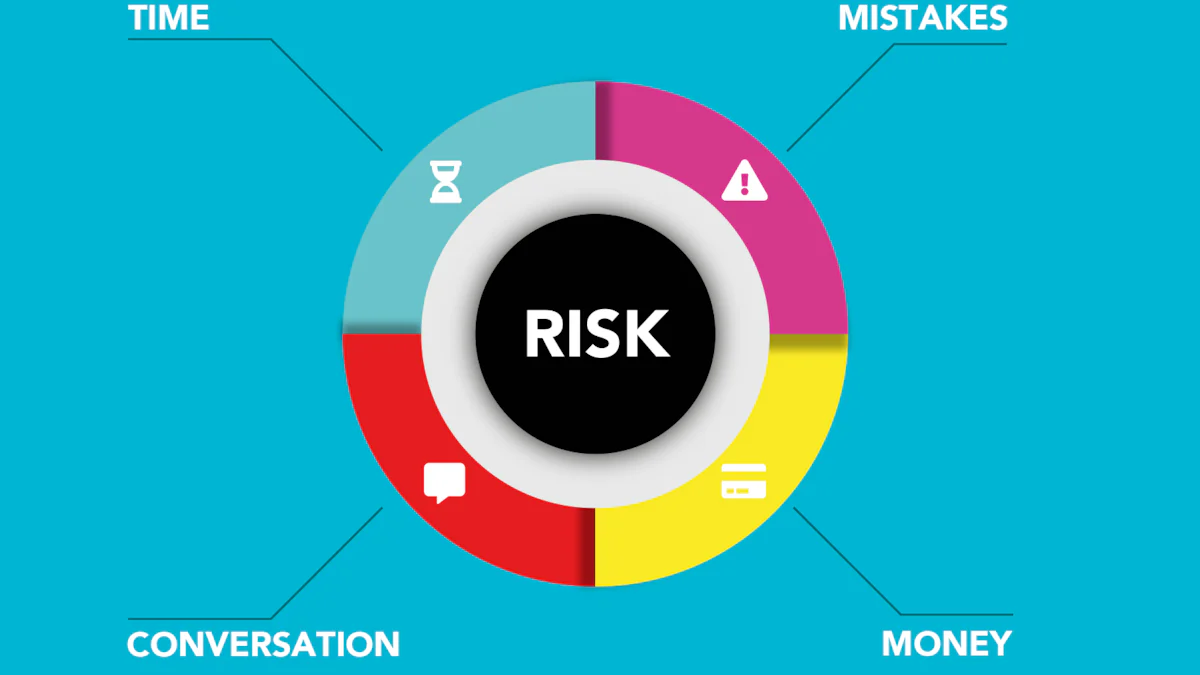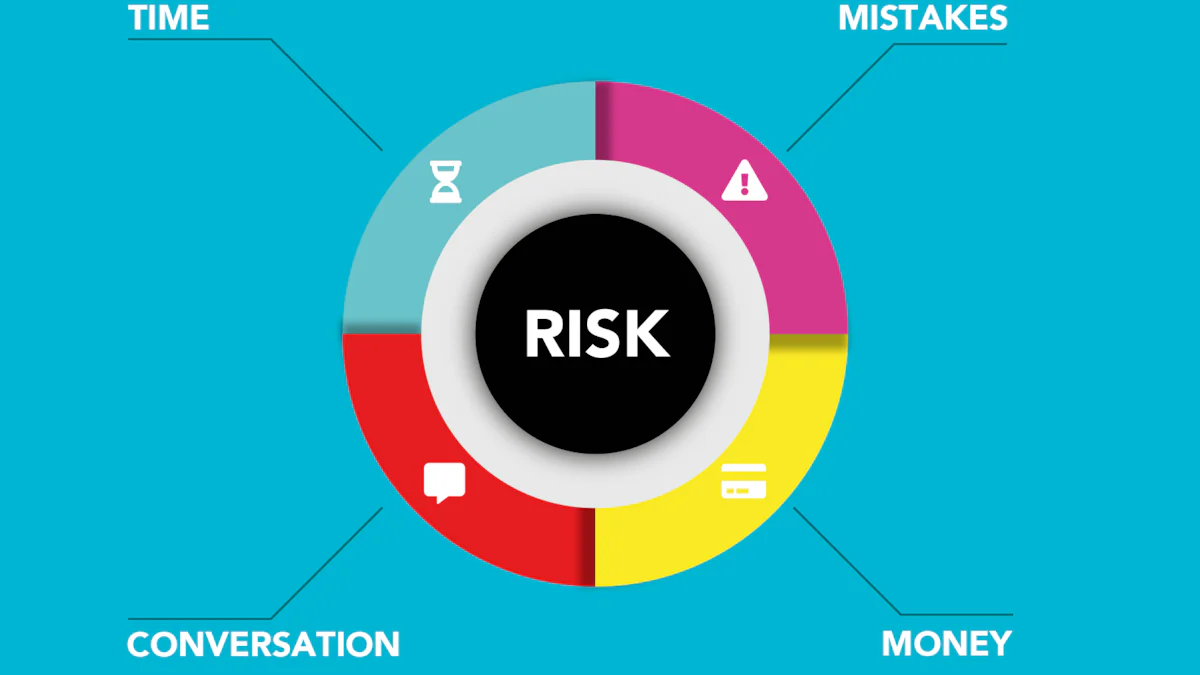Clearing the Path: How Risk Management Optimizes Supply Chains

Supply chain operations are the backbone of businesses worldwide, ensuring the seamless flow of goods and services. Risk management plays a pivotal role in safeguarding these operations from unforeseen disruptions and uncertainties. By strategically identifying, assessing, and mitigating potential risks, organizations can enhance their supply chain resilience and optimize overall performance. Embracing risk management practices is not just a choice but a necessity in today's dynamic business landscape where challenges abound. Let's delve deeper into how effective risk management can clear the path for streamlined supply chain operations.
Importance of Risk Management

In the realm of supply chain operations, risk management stands as a beacon of resilience and foresight. By acknowledging the significance of risk management, organizations pave the way for sustainable growth and operational excellence. Let's explore the pivotal aspects that underscore the importance of risk management in optimizing supply chains.
Identifying Risks
When it comes to risk management, the initial step involves identifying potential threats that could disrupt the smooth flow of operations. Understanding the types of risks that lurk within supply chains is crucial for preemptive action. These risks can range from logistical challenges to market fluctuations, demanding a vigilant approach to safeguard against uncertainties. Leveraging diverse risk identification methods empowers organizations to stay ahead of potential disruptions and fortify their supply chain resilience.
Assessing Risks
Once risks are identified, the next critical phase is assessing their impact and likelihood. Employing effective risk assessment techniques enables organizations to gauge the severity of each risk scenario accurately. From analyzing historical data to conducting scenario-based assessments, a comprehensive approach ensures informed decision-making and proactive risk mitigation strategies. Utilizing advanced risk measurement tools further enhances the precision and depth of risk evaluation, providing valuable insights for strategic planning.
Mitigating Risks
Mitigation strategies play a pivotal role in fortifying supply chains against vulnerabilities and uncertainties. Implementing robust risk mitigation strategies involves developing contingency plans tailored to specific risk profiles. By proactively addressing potential disruptions, organizations can minimize downtime, optimize resource allocation, and maintain operational continuity. The seamless implementation of risk controls ensures that mitigation measures are seamlessly integrated into day-to-day operations, fostering a culture of preparedness and adaptability.
Strategies for Effective Risk Management
In the realm of supply chain operations, developing a Risk Management Framework is akin to constructing a sturdy foundation for organizational resilience. This framework serves as a guiding compass, steering businesses towards proactive risk mitigation and strategic decision-making. By delineating the Components of a Risk Management Framework, organizations can systematically identify, assess, and address potential risks that may impede operational efficiency. From establishing risk tolerance thresholds to defining escalation protocols, each component plays a pivotal role in fortifying supply chains against uncertainties.
When embarking on the journey to develop a Risk Management Framework, organizations must adhere to a structured approach that ensures comprehensive coverage of all potential risk domains. The initial step involves conducting an in-depth analysis of existing processes and vulnerabilities to lay the groundwork for framework development. Subsequently, outlining clear and concise Steps to Develop a Framework facilitates seamless integration into existing operational frameworks, fostering a culture of risk-awareness and preparedness.
Integrating Risk Management practices into supply chains requires collaborative efforts and technological advancements that augment operational capabilities. Collaborating with Stakeholders across various touchpoints within the supply chain ecosystem fosters transparency and information sharing critical for effective risk management. By engaging suppliers, distributors, and logistics partners in risk assessment exercises, organizations can gain holistic insights into potential vulnerabilities and develop targeted mitigation strategies.
The strategic deployment of technology serves as a force multiplier in enhancing Risk Management effectiveness within supply chains. Leveraging advanced analytics tools enables real-time monitoring of key performance indicators (KPIs) and early detection of anomalies that may signal impending risks. Additionally, deploying blockchain technology enhances traceability and transparency across supply chain networks, reducing the likelihood of fraud or counterfeiting activities.
By embracing collaboration with stakeholders and harnessing cutting-edge technologies, organizations can bolster their risk management capabilities and fortify their supply chains against unforeseen disruptions. The synergy between human expertise and technological innovation paves the way for agile decision-making processes that are rooted in data-driven insights.
Benefits of Risk Management

Enhancing supply chain efficiency is a direct outcome of effective risk management practices. By reducing disruptions and enhancing decision-making capabilities, organizations can streamline operations and drive sustainable growth. The ability to anticipate and mitigate potential risks empowers businesses to navigate challenges with resilience and agility, ensuring continuous operational excellence.
Improved Supply Chain Efficiency
Reduction in Disruptions: Implementing robust risk management strategies enables organizations to proactively address potential disruptions before they escalate. By identifying vulnerabilities and developing contingency plans, companies can minimize downtime and maintain operational continuity. This proactive approach not only safeguards against unforeseen events but also fosters a culture of preparedness that enhances overall supply chain resilience.
Enhanced Decision Making: Effective risk management provides organizations with valuable insights that inform strategic decision-making processes. By assessing risks accurately and measuring their potential impact, businesses can make informed choices that optimize resource allocation and operational efficiency. This data-driven approach ensures that decisions are rooted in risk-awareness, leading to improved performance outcomes and long-term sustainability.
Financial Benefits
Cost Savings: One of the significant financial benefits of risk management is the potential for cost savings across supply chain operations. By identifying and mitigating risks early on, organizations can avoid costly disruptions, reduce operational expenses, and optimize resource utilization. This proactive cost-saving approach not only enhances profitability but also strengthens financial stability in the face of uncertainties.
Profitability Improvement: Embracing effective risk management practices directly impacts profitability by minimizing potential losses and maximizing revenue streams. By safeguarding against risks that could erode profits, organizations create a solid foundation for sustained growth and success. The ability to proactively manage risks positions businesses to capitalize on opportunities, drive innovation, and enhance competitiveness in dynamic market environments.
To optimize supply chains, companies must address risks swiftly and effectively. Implement strategies that diversify suppliers, enhance communication, and invest in technology to mitigate impacts. Diversifying supply chains geographically and multi-sourcing commodities reduce reliance on specific suppliers, bolstering resilience. Building robust defense layers combined with a risk-aware culture provides a competitive edge by identifying and halting potential risks proactively. Embracing effective risk management is paramount for financial stability and superior performance, embedding best practices into the organizational culture for long-term success.
See Also
Preparedness in Action: JUSDA Risk Management for Strong Supply Chains
Logistics Transformation: The Influence of Supply Chain Innovation
Seamless Success: Attaining Supply Chain Consistency
Optimizing Efficiency for High-Tech Manufacturing Supply Chain Challenges
